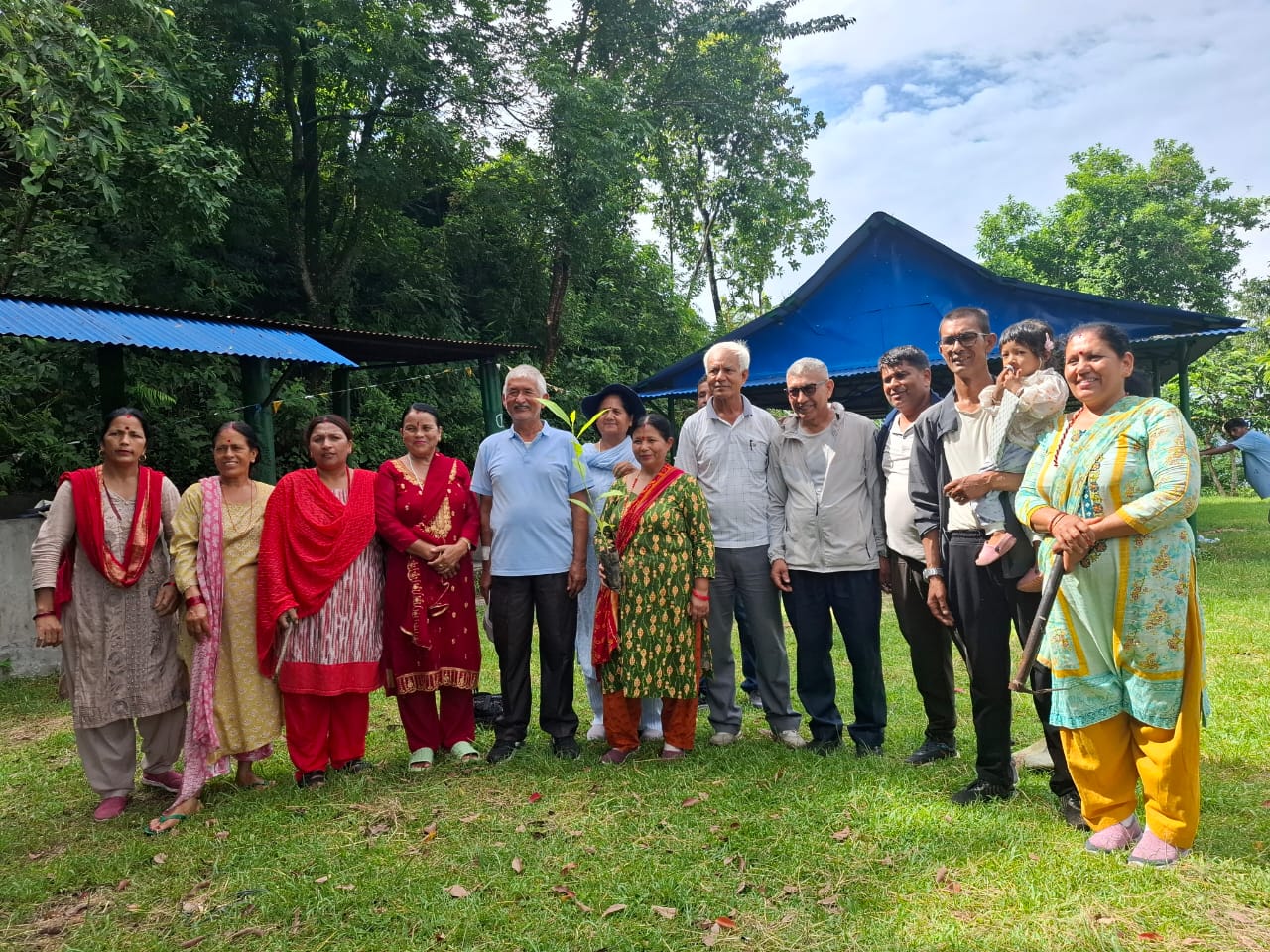
Sustainable Tourism in Karki Danda
Nestled in the eastern expanse of Pokhara, Nepal, Karkidanda stands as a pristine jewel of natural beauty and serenity. Though less commercialized than many well-known destinations in the region, it is precisely this untouched, raw character that makes Karkidanda a breathtaking retreat. Surrounded by rolling green hills, terraced farmlands, and dense patches of forest, Karkidanda offers a landscape that soothes the senses and invites quiet reflection. For those who seek solace in nature, this hilltop locality provides a panoramic visual experience unlike any other. The air here is crisp and fresh, and the area is blessed with a calm atmosphere, unmarred by the noise and pollution of urban development.
One of the most compelling features of Karkidanda is its view of the Himalayas. On a clear morning, the snow-capped peaks of the Annapurna range unveil themselves in all their glory. From Machhapuchhre (Fishtail) to Annapurna South, the view forms a horizon of majestic peaks that change color with the rising and setting sun. This natural theatre draws not only local travelers but also foreign visitors who are fortunate enough to discover this hidden vista. The quiet of the morning, coupled with the grandeur of the mountains and the golden hue of the sunrise, is something that words often fail to fully capture.
In addition to the mountains, Karkidanda boasts scenic views of the Pokhara Valley below. The city, known for its lakes and tourism culture, looks entirely different when observed from above. At night, the lights of the city glitter like stars scattered across the valley, and during the day, the bustling town is visible in its full dynamic scale — but still feels distant enough to allow a sense of detachment. This juxtaposition of closeness and remoteness makes Karkidanda a perfect spot for those who want to enjoy nature without being too far removed from the comforts of civilization.
The area is also abundant in biodiversity. During early mornings and dusk, one can hear the melodies of different bird species, and it’s not uncommon to see squirrels, butterflies, and various insects inhabiting the area. The vegetation ranges from thick bamboo groves to medicinal plants traditionally used by local healers. For ecologists and environmental researchers, Karkidanda offers a microcosm of the mid-hill Himalayan ecosystem, showcasing how communities coexist harmoniously with nature. The natural terrain makes for excellent walking and hiking trails, with footpaths winding through farms, ridges, and pine forests.
Seasonally, Karkidanda transforms in ways that further elevate its charm. In spring, wildflowers bloom in full force, painting the hillsides with colors of red, yellow, and violet. The chirping of birds becomes more pronounced, and the weather turns pleasantly warm. Monsoon brings lush greenery and a refreshing atmosphere, though with limited visibility due to mist. Autumn clears the skies and offers perhaps the best views of the mountains, with an ideal temperature for outdoor activities. Winter, on the other hand, brings a unique tranquility to the landscape. Though chilly, the clarity of the sky and the snow-touched peaks make winter mornings here almost surreal.
One of the most memorable experiences for visitors is simply sitting in silence, whether it’s on a stone wall, beneath a fig tree, or by a traditional house balcony, and letting nature perform its gentle opera. The sound of leaves rustling in the wind, the distant barking of dogs, the crowing of roosters, and the occasional shout of farmers working in the fields form a soundscape that is calming and deeply grounding. In our fast-paced digital lives, such natural immersion is not only refreshing but necessary. Karkidanda gives visitors the rare chance to disconnect from digital overload and reconnect with the organic rhythms of the earth.
There are also various picnic spots and rest points strategically located to take full advantage of the natural beauty. Families from Pokhara and nearby villages often come up to spend the day amidst nature. The community has started placing benches, garbage bins, and informative signboards to help guide visitors and ensure cleanliness, which is a promising step toward responsible eco-tourism. The open spaces are ideal for meditation, yoga, and mindfulness practices, and some wellness groups have even started organizing retreats here.
For photographers and digital creators, Karkidanda is a dream destination. The changing light, the textures of the terrain, and the vibrant colors of local flora provide endless creative opportunities. Drone footage from above captures the unique contours of the land, with winding trails that look like veins across green flesh. Each frame taken here tells a story — of calm, culture, and nature’s unbroken conversation with humanity.
What makes Karkidanda even more special is that despite its beauty, it remains largely uncrowded. It has not yet fallen victim to the mass tourism that has commercialized many other natural locations. This gives it an authenticity that feels increasingly rare in the modern world. However, this also presents an opportunity — to develop the area in a sustainable and community-friendly manner that maintains its natural charm while welcoming more visitors in the future.
In essence, Karkidanda’s scenic beauty isn’t just about what meets the eye — it’s about the feeling it evokes. Whether it’s the awe of witnessing a Himalayan sunrise, the warmth of being greeted by locals, or the calm of walking through a pine-scented path, every moment here stays with you long after you’ve left. It’s a place where time slows down and every breath feels deeper. For anyone looking to truly experience the beauty of Nepal beyond the typical tourist routes, Karkidanda offers an enriching and soul-stirring alternative.
